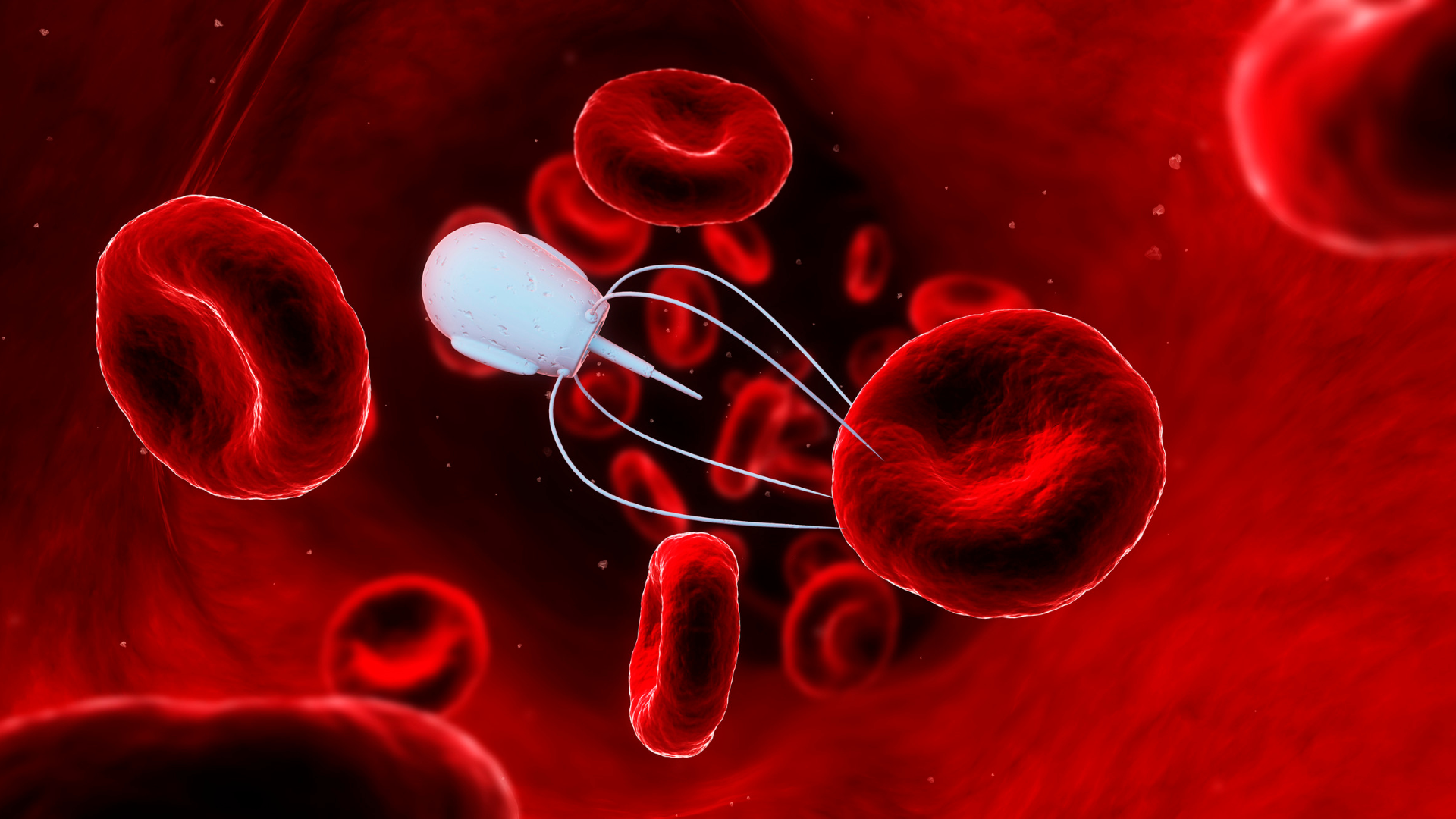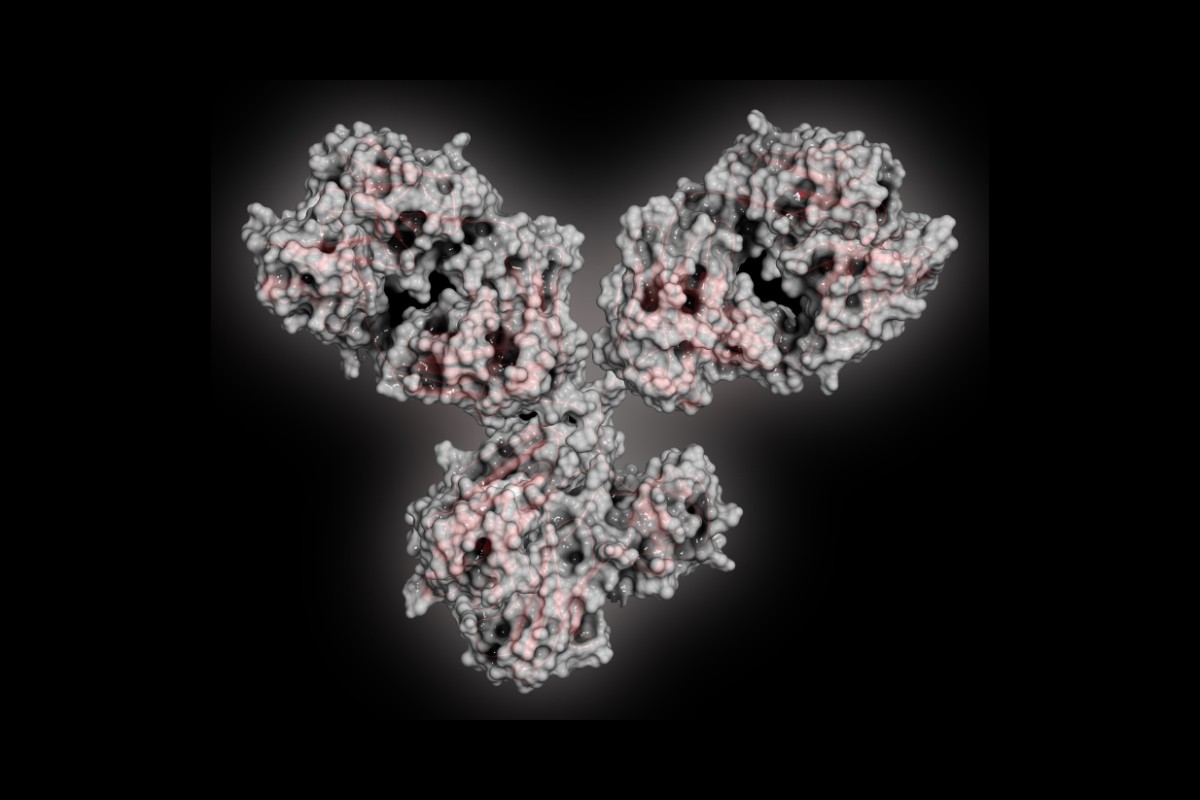Novel Nanorobots Pave the Way for Cancer Treatment

Introduction
Developments in nanotechnology have created further opportunities for tackling unmet needs in the diagnosis and treatment of cancer. The global nanorobotics market size is expected to be valued at USD $19.7 billion by 2030. Nanorobots are small robots between 50-100nm wide that can perform targeted drug delivery.
Advantages & Challenges
Nanorobots are versatile and highly capable of biomimicry. The wide variety of nanorobots including sperm-based, bacteria-based, and DNA-based designs illustrates their dynamic nature.
Unlike nanoparticle-based delivery systems, nanorobots can overcome the challenges of Brownian motion, allowing targets to navigate to specific locations. Brownian motion is the random movement of particles suspended in a fluid medium. Whereas traditional nanoparticle-based drug delivery systems rely solely on enhanced permeability and retention (EPR) or active targeting through blood circulation.
Furthermore, due to their strong momentum, nanorobots can traverse across tissues and enhance the uptake of drugs into the cells, which leads to the effective accumulation of therapeutic agents.
Nanorobots are equipped with a non-reactive diamond coating which protects them from host immune system attack. While this coating is an essential element, it is expensive to design and develop. Additionally, it is taxing for drug-loaded nanorobots to navigate blood arteries due to high blood viscosity.
From a regulatory standpoint, there is currently an absence of regulations guiding the development and use of nanorobots. This could hinder their widespread adoption by both public and private sector entities.
Related:
- Innovative Approaches to Nano Delivery
- Solving Nanotechnology Application Challenges
- The Utility of Nanoparticles in Tissue-Targeted Drug Delivery
Application of Nanorobots in Bladder Cancer Treatment
The gruelling effects of chemotherapy and its untargeted drug distribution have fuelled research into patient-friendly cancer treatments. A study in Nature Nanotechnology led by researchers at the Institute for Bioengineering of Catalonia (IBEC), the Institute for Research in Biomedicine (IRB) Barcelona, and the Autonomous University of Barcelona (UAB) explored the potential of nanorobots in enhancing the therapeutic efficacy of intravesical bladder cancer treatment.
Current treatment for non-muscle invasive bladder cancer involves removing the tumour. This is followed by intravesical administration of Mycobacterium bovis, Bacillus Calmette-Guérin (BCG), and/or the chemotherapeutic drug mitomycin C.
The main issues with this existing treatment are its non-uniform dispersion throughout the bladder and low adhesion of the agent to the target tissue. The therapy should be capable of entering the tumour tissue to a sufficient depth, treating the tumour, and being compatible with human tissue.
Nanorobots are self-propelled and their motion capabilities allow them to diffuse more easily into urine compared to existing drug therapies or common nanoparticles. Furthermore, chemically powered nanorobots convert chemical energy from the surrounding fluid into kinetic energy for propulsion.
In a mouse study testing nanorobots' therapeutic efficacy against bladder cancer, the nanorobots achieved higher concentration at the tumour site. When the mice were treated with nanobots carrying radioiodine for RNT instilled into the bladder, the tumours shrank by approximately 90%, even at low doses.
Samuel Sánchez, Research Professor and Group Leader at the Institute for Bioengineering of Catalonia, highlighted the patient-centric nature of this potential treatment, he stated: "With a single dose, we observed a 90% decrease in tumour volume. This is significantly more efficient than current treatments, given that patients with this type of tumour typically have between 6 and 14 hospital appointments. This therapeutic approach would increase efficiency by reducing the length of hospitalisations."
Nanorobots- Future Implications
To rigorously test the efficacy of nanorobots for cancer treatment, further preclinical and clinical studies must be carried out. Ostensibly, regulatory compliance measures must be put in place to enhance patient safety.
However, this research demonstrates that nanorobots continue to reshape cancer treatments. With further development and investment, nanorobots are expected to become more precise and sophisticated, capable of performing many medical functions and tasks. DNA nanorobots can recognise different types of cancer cells, so with additional testing, nanorobots could transform cancer treatment options and offer promising alternatives to chemotherapy.






